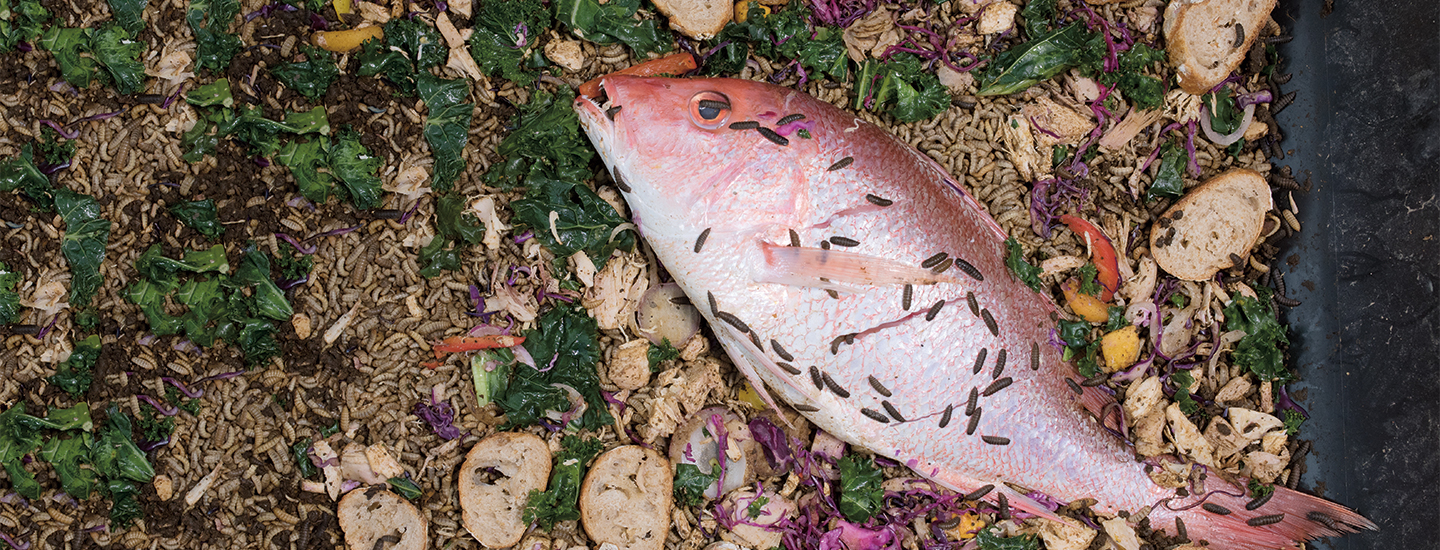Pee-ew! People who live or work near a refinery may know it by the smell. Refineries are buildings where a material, like oil, is processed into different chemicals. People sometimes describe the odor as sour or rotten. But it doesn’t have to be that way.
“There are ways in which industrial odors can be reduced or even eliminated,” says Ned Ostojic. He’s an odor scientist based in Connecticut. When factory owners or their neighbors have a problem with an unwanted smell, they call in Ostojic to sniff it out and shut it down.
People often complain about odors like trash or sewage. But nice smells can be a problem too. Even the scent of freshly baked cookies can be annoying if it’s too strong or never goes away. Ostojic has investigated factories that make everything from cars to tea bags.
Pee-ew! Some people live or work near a refinery. They may know it by the smell. Refineries are facilities that turn a material, like oil, into different chemicals. People sometimes describe a refinery’s odor as sour or rotten. But it doesn’t have to be that way.
“There are ways in which industrial odors can be reduced or even eliminated,” says Ned Ostojic. He’s an odor scientist. He works in Connecticut. Sometimes factory owners or their neighbors notice unwanted smells. They call in Ostojic to sniff it out. Then he shuts the smell down.
People often complain about odors like trash or sewage. But nice smells can be a problem too. Even the scent of freshly baked cookies can be annoying. The smell can be too strong. Or it never goes away. Ostojic has inspected a lot of factories. They make everything from cars to tea bags.

